On May 9, 1969, George Harrison released his second solo album, Electronic Sound. It was released on Zapple Records, which The Beatles designed as an avant-garde offshoot of Apple Records. Only two LPs were released on the short-lived label: Harrison’s Electric Sound and John Lennon and Yoko Ono’s Unfinished Music No. 2: Life With The Lions.
Videos by American Songwriter
As for Electric Sound, it was successful in introducing The Beatles to a new instrument. The album clocks in at almost 44 minutes, but is comprised of only two tracks. Harrison used a Moog 3-series synthesizer on both tracks, which subsequently inspired The Beatles to use a Moog on Abbey Road.
The album was truly avant-garde for Harrison at the time. It’s widely considered one of the first electronic albums made by a rock musician, and the 1960s were really the first decade where artists were starting to cross genre lines.
But Electric Sound‘s influence on The Beatles is just one of the interesting things about the album. It was criticized upon its release for being unfocused, but on the flip side was praised for demonstrating what the Moog was capable of.
George Harrison’s ‘Electric Sound’ Showed Off the Potential of the Moog Synthesizer
George Harrison first learned of the Moog synthesizer in 1968 while he was in Los Angeles. According to producer George Martin, of all The Beatles, Harrison was the most dedicated to mastering new instruments. Apparently, he was constantly finding new creative outlets.
According to Alan Clayson’s 2003 biography, Harrison used Electronic Sound as almost a show of solidarity with John Lennon and Yoko Ono. The couple had previously dabbled in the avant-garde in 1968 on The Beatles’ track “Revolution 9”. Additionally, their album Life With The Lions made up the only other release on Zapple Records.
For George Harrison, Electric Sound was a serendipitous album, similar to the Lennon-Ono offering. That was the idea behind Zapple, he said in 1987. They “let serendipity take hold” instead of creating stiff, over-produced, pristine creative projects.
Still, Harrison’s understanding of the Moog was often seen as rudimentary. Moog experts like Bernie Krause, who gave a demonstration of the instrument in Los Angeles, felt this way. According to Krause, Harrison recorded the demonstration without his consent and then went on to use part of it in the track “No Time Or Space”.
For Krause, this was a violation of his creative autonomy. He had intended to use the demonstrated ideas on his own album. Harrison attempted to provide credit for Krause’s assistance. However, Krause became increasingly disillusioned with Apple Corps, The Beatles, and particularly George Harrison.
Featured Image by Keystone/Getty Images



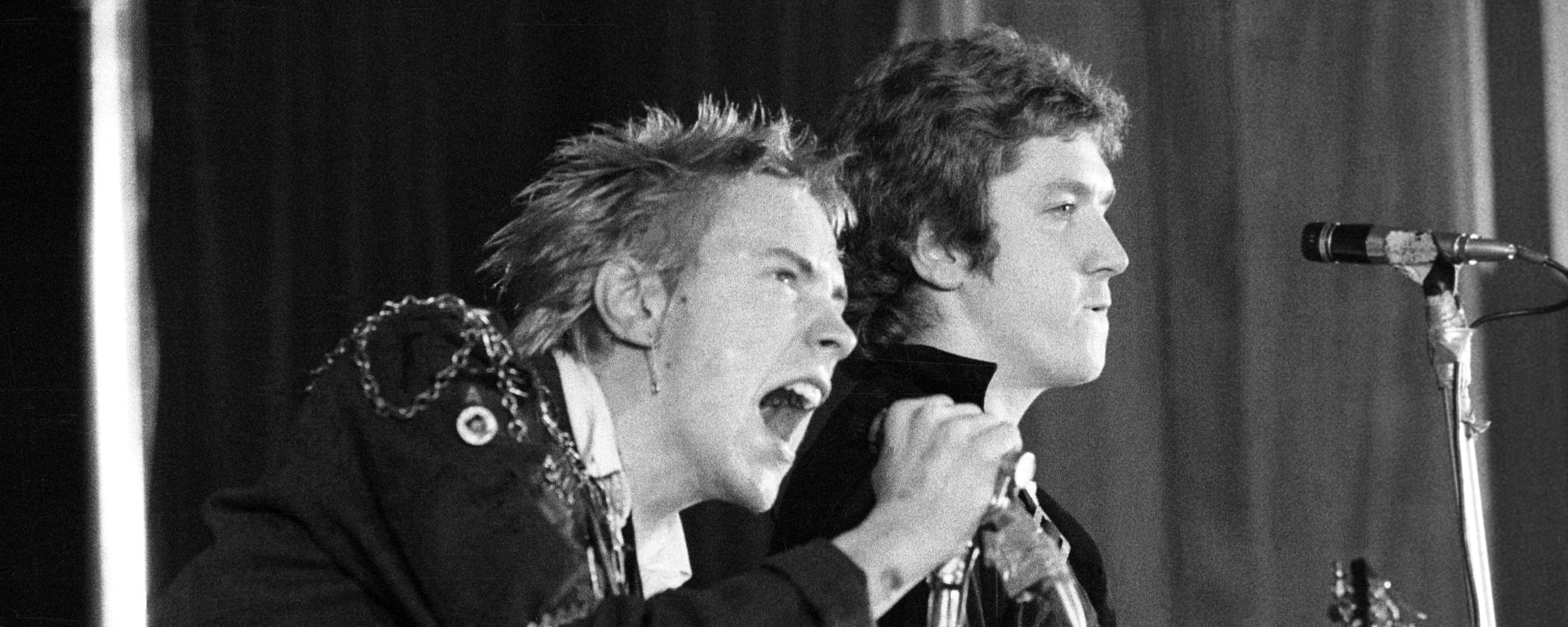
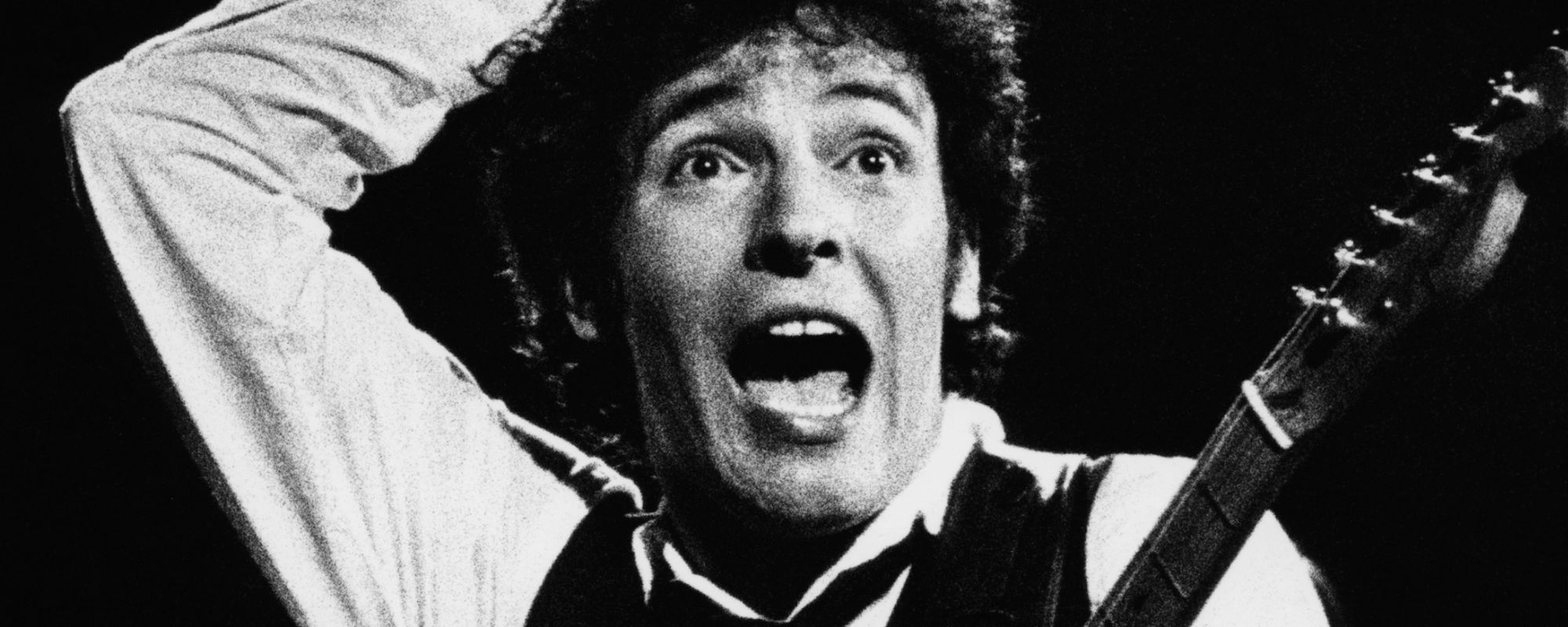
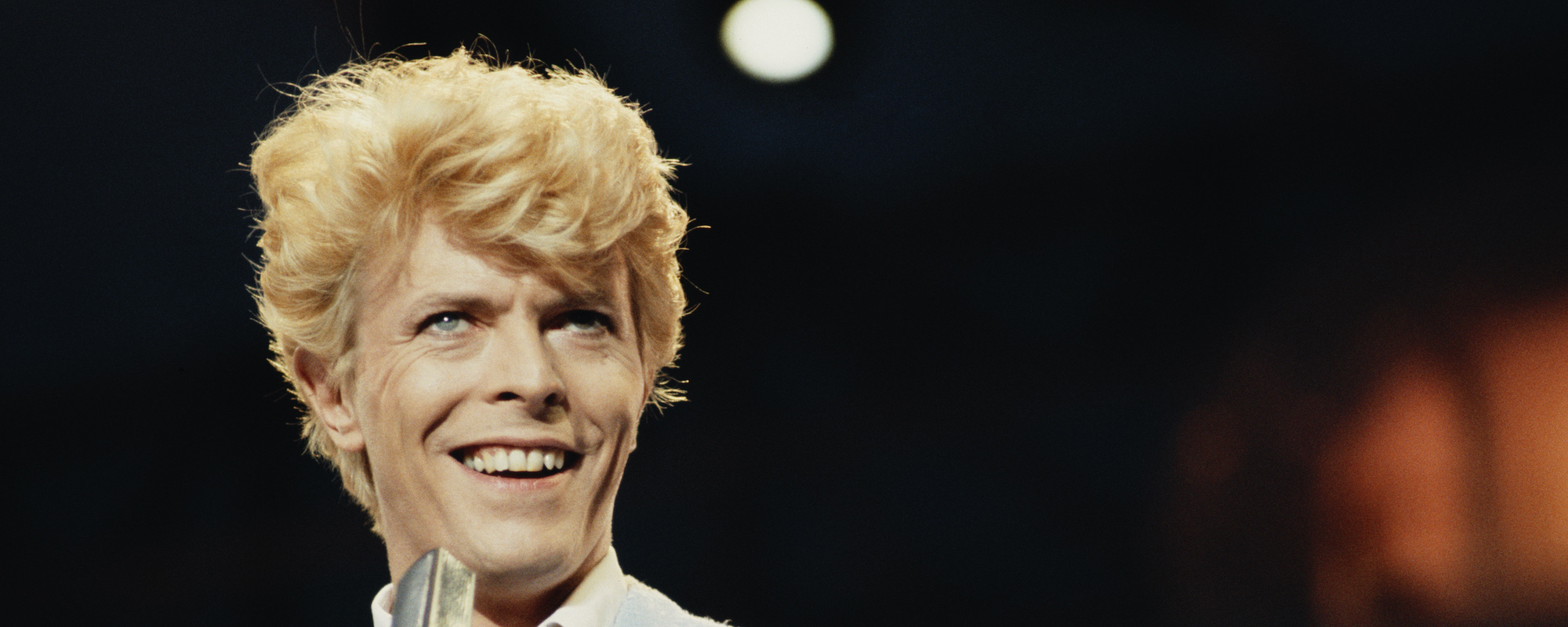

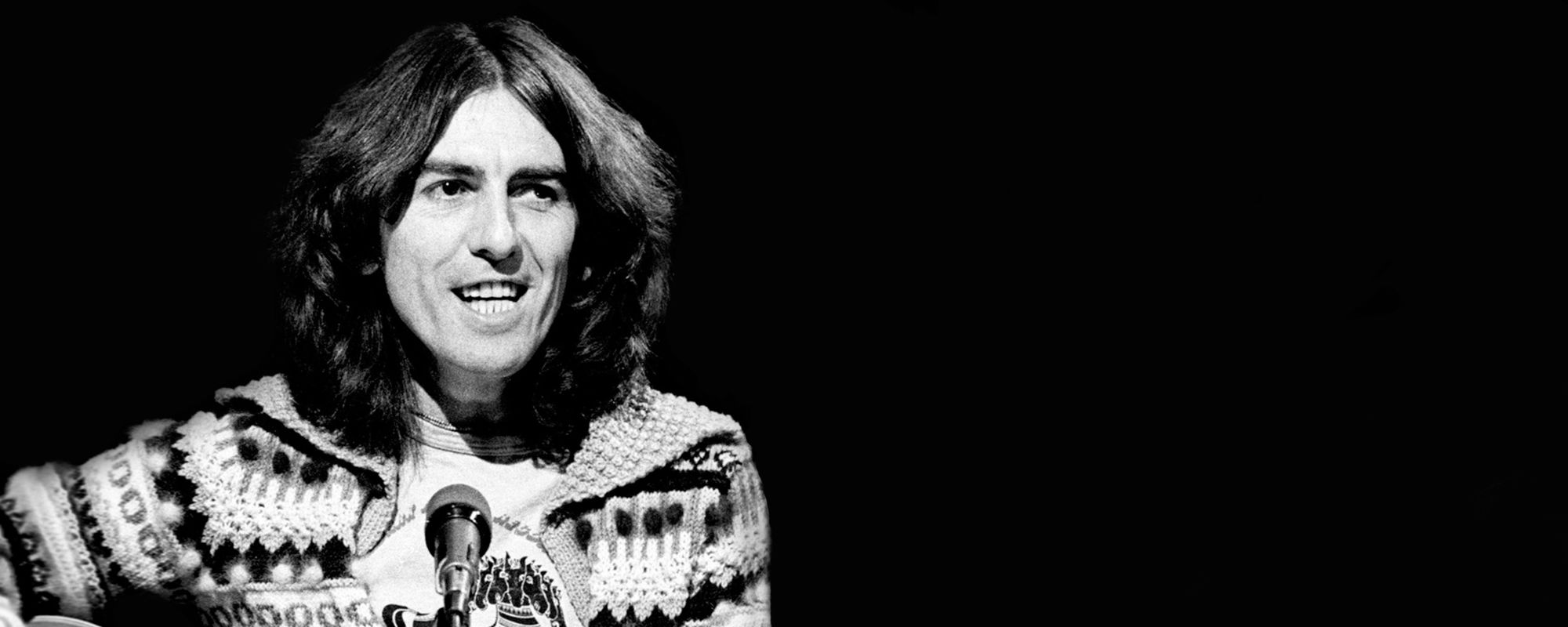
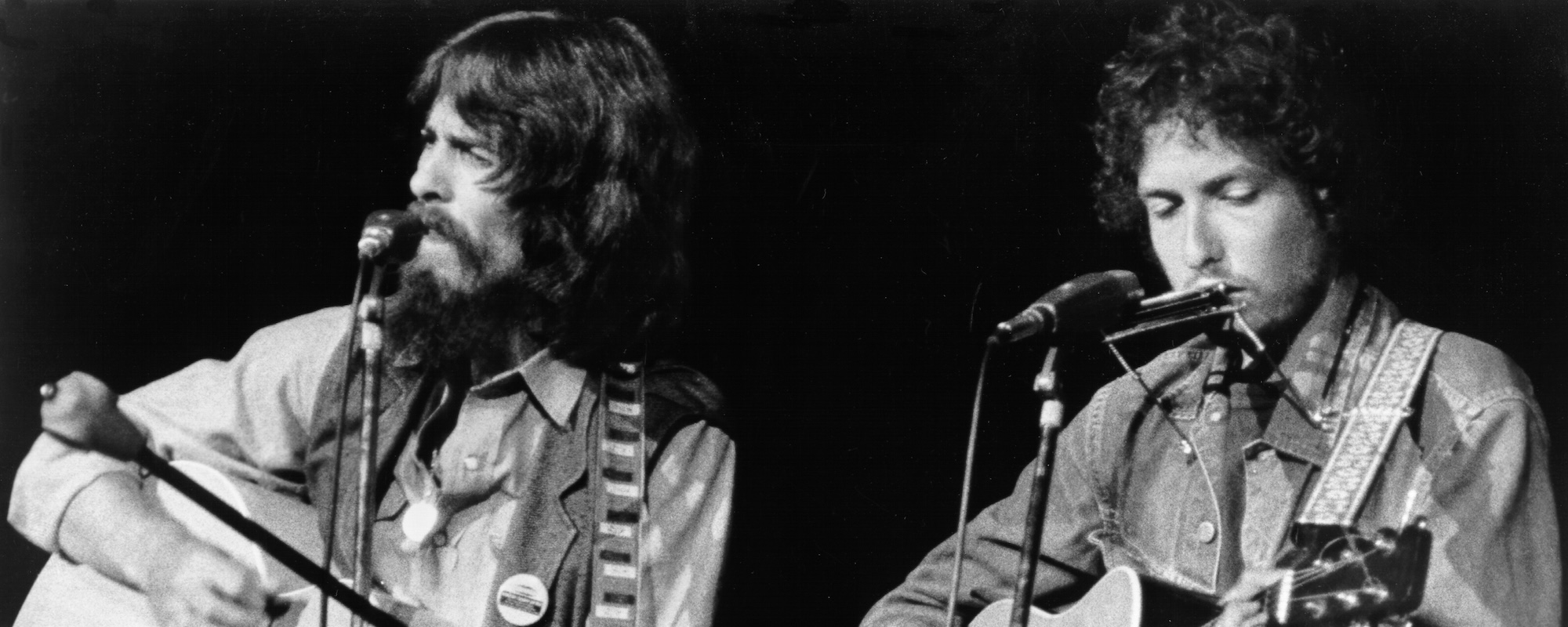

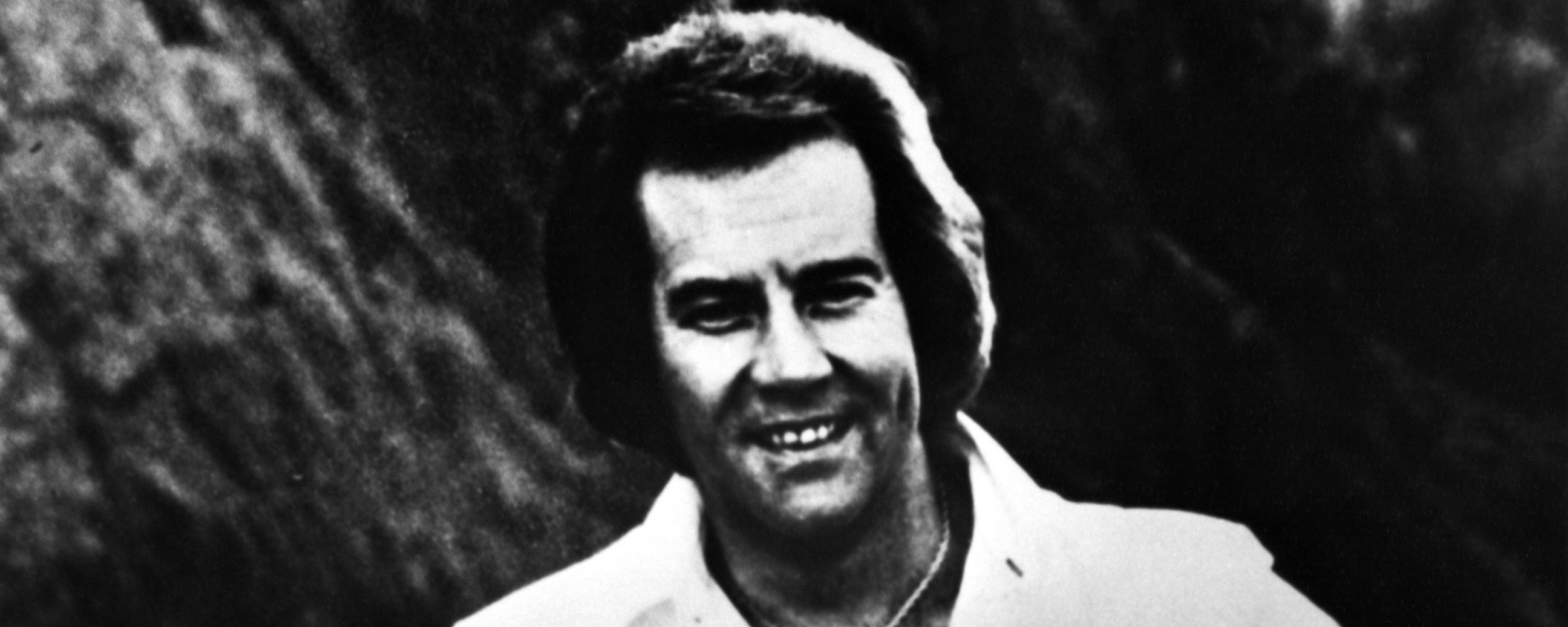
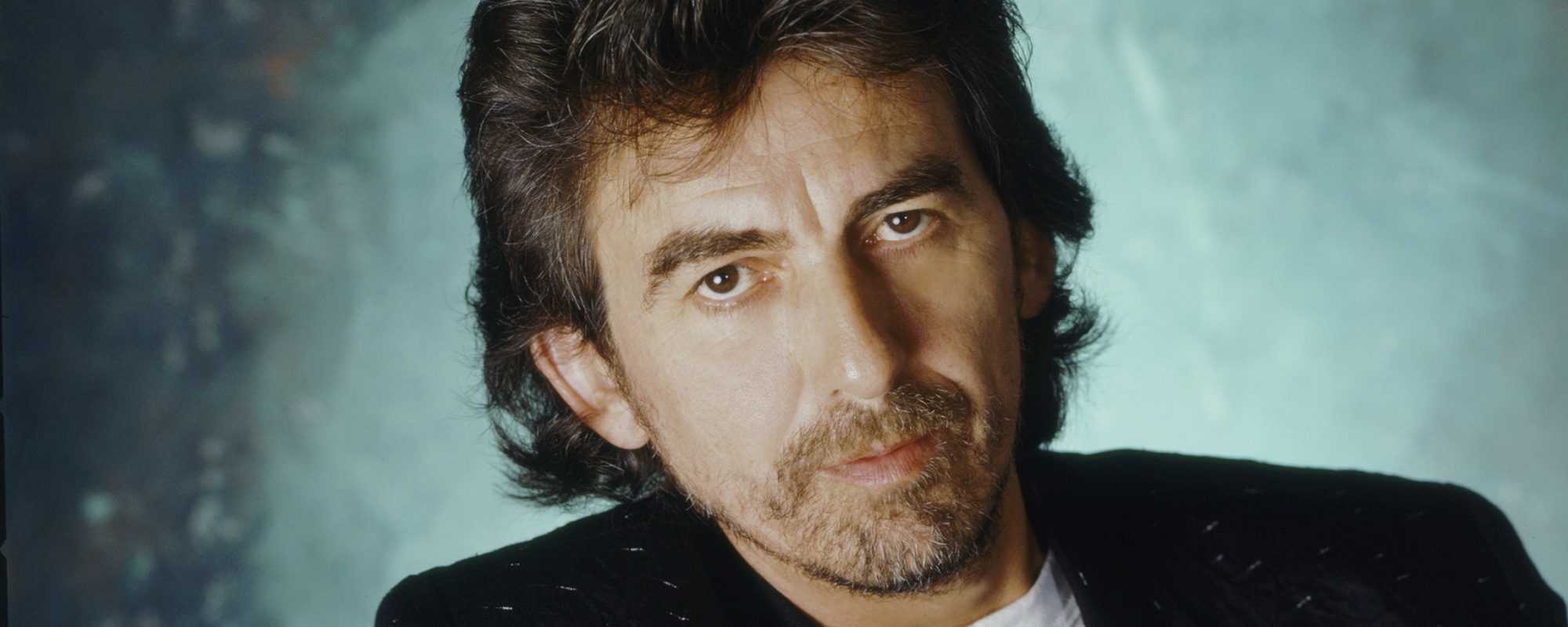

Leave a Reply
Only members can comment. Become a member. Already a member? Log in.